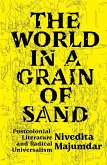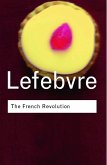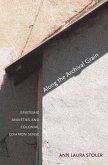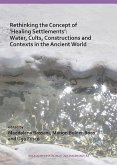'To See a World in a Grain of Sand' uses modern scientific methods to examine glass beads and vessel fragments dating from the Meroitic (c. 350 BC-AD 350) and Early Nobadia (c. AD 350-600) periods to provide a new assessment of glass from Nubia (ancient Sudan), a subject hitherto little-studied. The resulting identification of their chemical makeup is not simply about artefact reclassification but permits the tracking of similar compositions and-by extension-the raw materials for glass production that were used throughout Nubia, Egypt, and the Mediterranean. The results reveal interrelationships between trade, technological understanding, and manufacturing choices made across these cultures. Comparing glasses from Nubia with those from Egyptian and Mediterranean contexts has also shown how the same primary production centres were providing glass to sites in Turkey, Albania, Egypt, and Nubia. The identification of different glass groups and rare types of glass within Nubia shows the extent and variation to be found in a material that is present not only at a single site but also across the whole region, while the data presented reveals the diverse and complex nature of glass objects discovered there. That multiple interactions were being employed in glass manufacture shows how the examination of artefacts and their component materials must include consideration of both international trade and 'home-based' practices --
Hinweis: Dieser Artikel kann nur an eine deutsche Lieferadresse ausgeliefert werden.
Hinweis: Dieser Artikel kann nur an eine deutsche Lieferadresse ausgeliefert werden.








